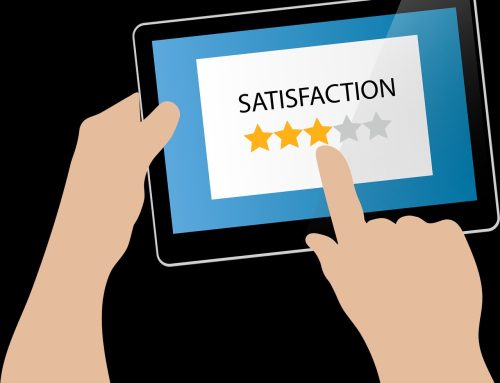Where is the time efficiency that ACA touted with electronic health records?
No one needs to tell you that more time is spent trying to plug in the information that you want to enter into the appropriate places of the EHR (or retrieve the important ones)…especially when you are getting acclimated to a new EHR system. Maybe you’re reminiscing with rue how it used to be where you could just scribble your notes down and be done with it!
In the meantime, you are devoting your attention to charting at the expense of your patient who feels totally ignored in the exam room as the eye contact and relationship plummets.
Solution Out of EHR “Time-Sucking” to your schedule
Have you been shouting “Enough” or there has to be a better way? Well, actually there is.
Medical scribes enter notes, and post data like test results or new medical history/medications into the program so that you, the doctor can pay complete attention to the patient. The best part is that you are engaged with the patient, strengthen patient-doctor bonding AND your chart is complete and needing only a review. A few adjustments and Voila! The chart is done!
Check out this Case Study
According to Asfer Shariff, MD, Founder and Chief Medical Officer of Physicians Angels,* a scribe service, he can review 15-20 scribe-produced charts in as many minutes in his practice. Without a scribe, he was spending up to 2 hours at the end of each day updating charts in the EHR. “I got my family back,” he says.
“Physicians who work with scribes see, on average, one additional patient an hour, experts maintain. Despite this greater productivity, at the end of the day, all the charts are done. This is true even for high-volume specialists who may generate 50-75 charts per day.”
“A doctor’s cost runs up to $4 a minute or $240 an hour,” Shariff observes. “Would you pay $240 an hour to have someone type and click information into an electronic medical record? Would you take your most expensive employees and make them data entry staff? That’s what has been happening.”
“An EHR is no different from a CT scanner or EKG machine,” he offers by way of perspective. “An EHR is a data-acquisition device. You don’t see the radiologist operating the CT or the cardiologist operating the EKG. They have technicians, thus allowing their mental energies to be devoted to the interpretation of data and management of the patient.”



